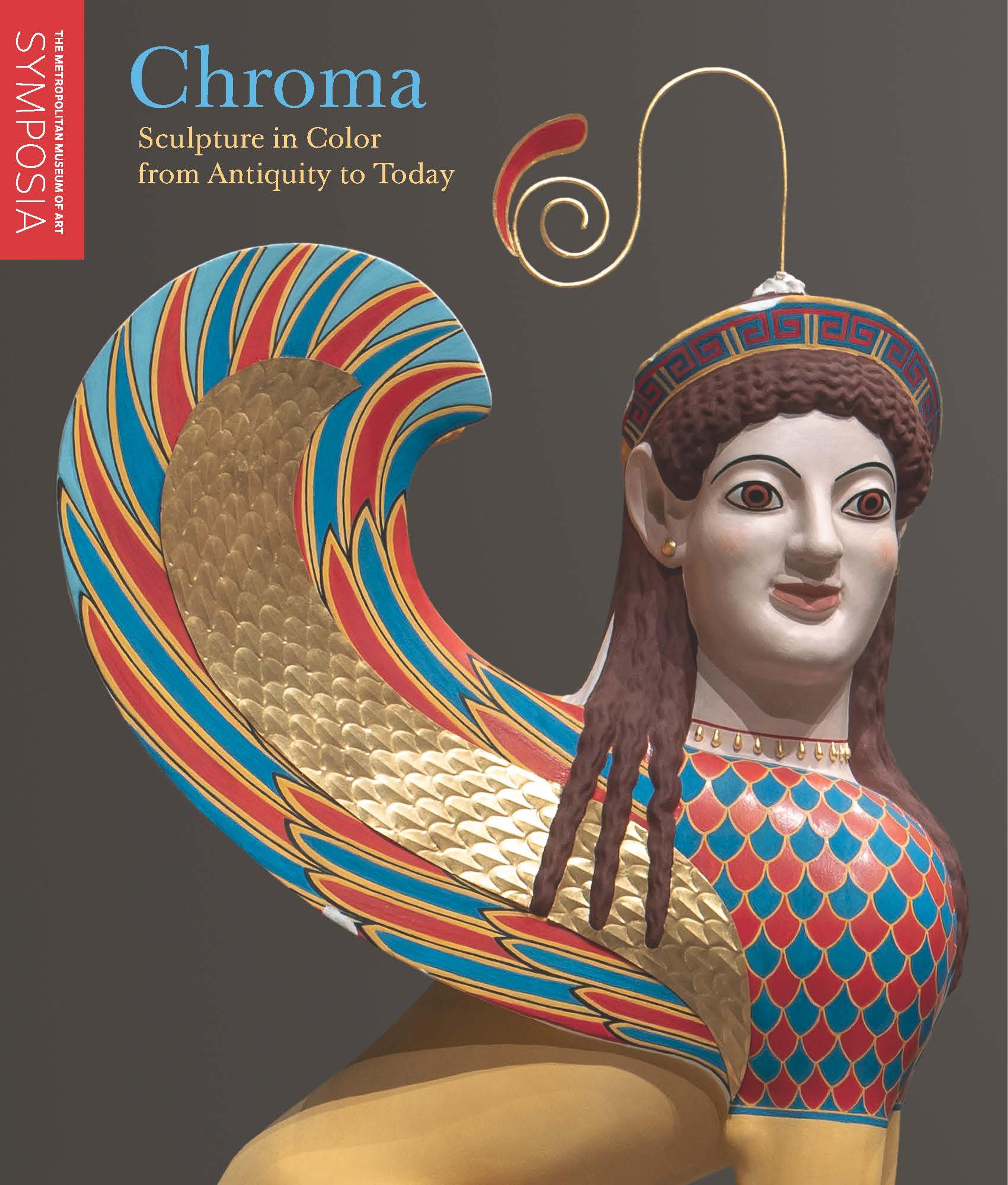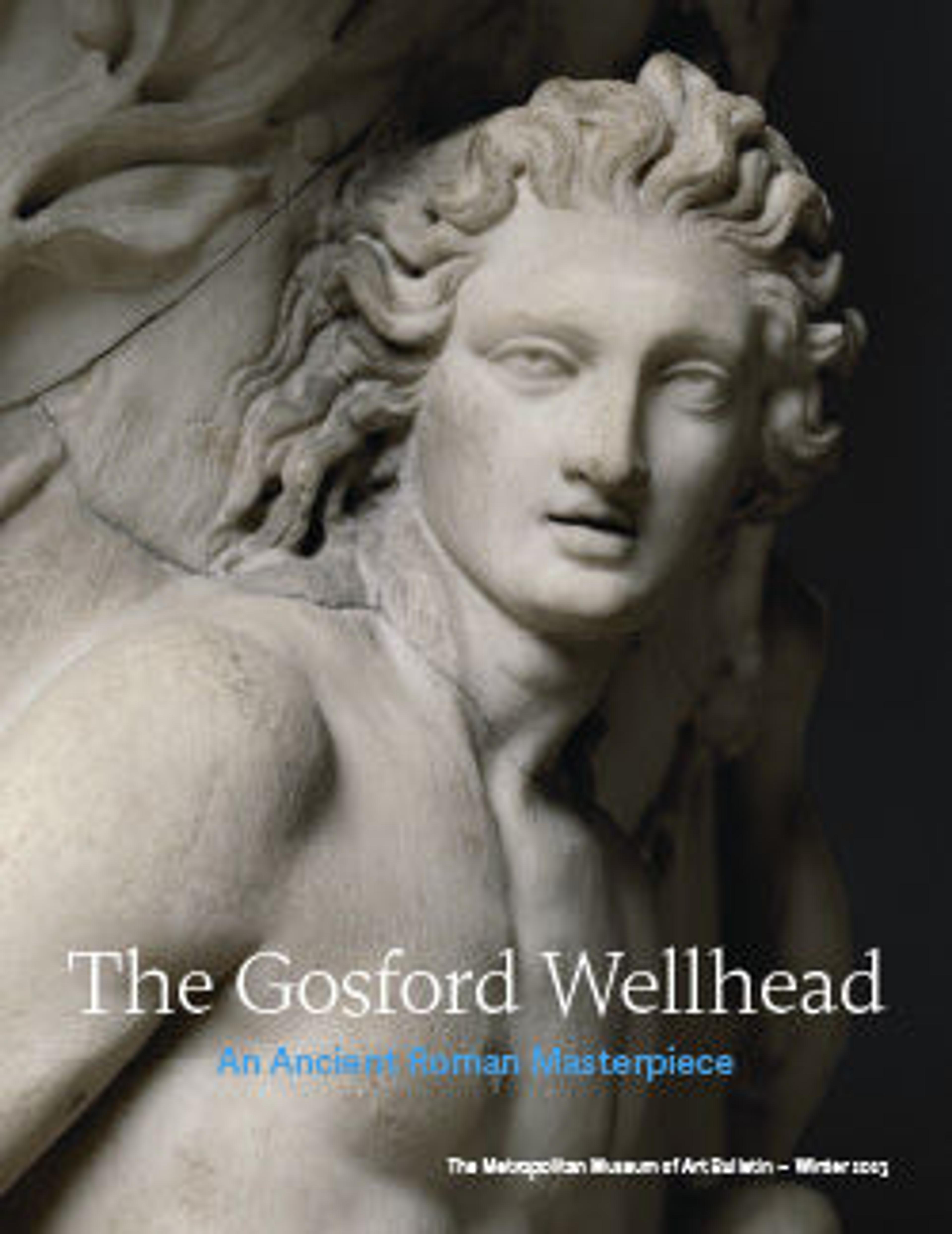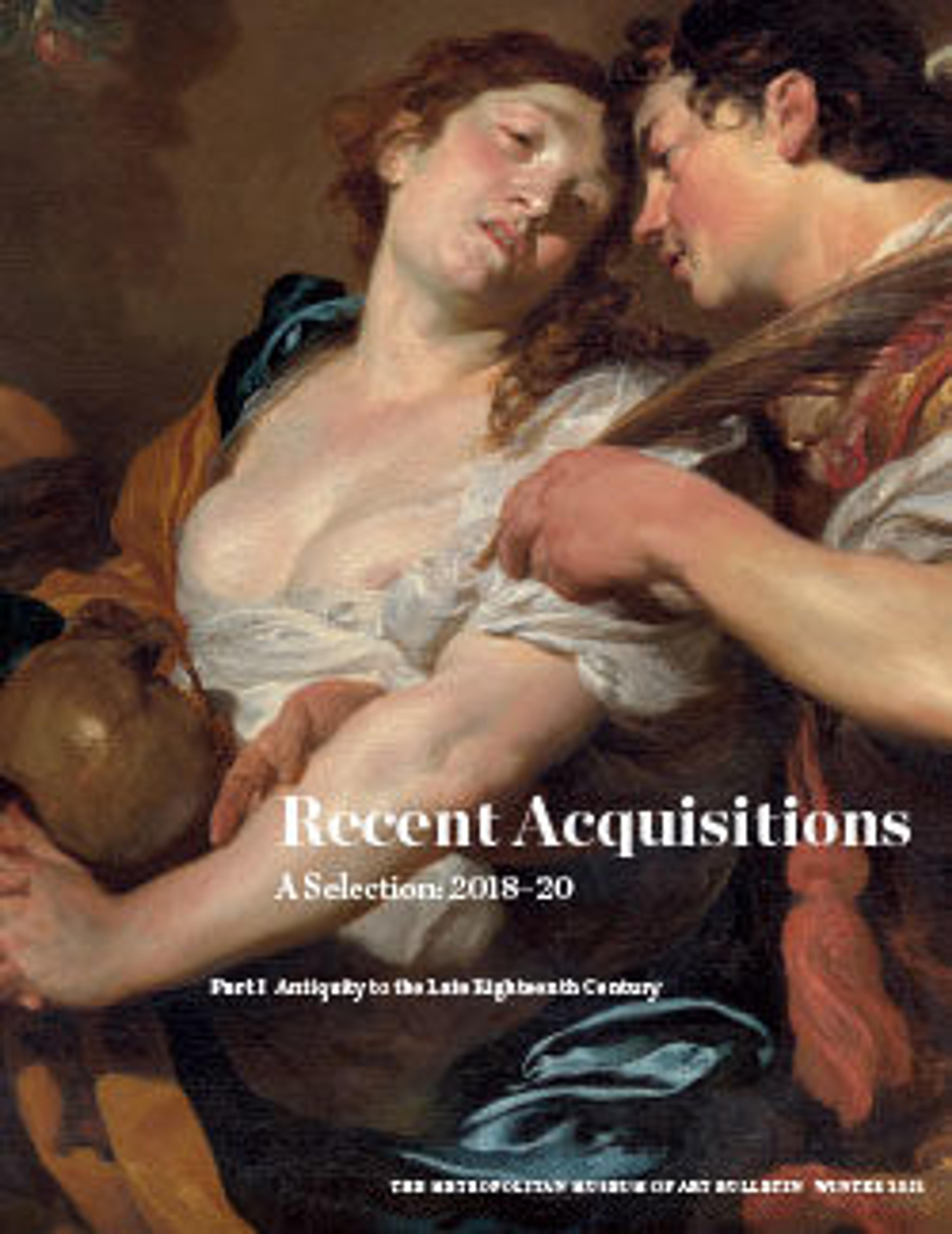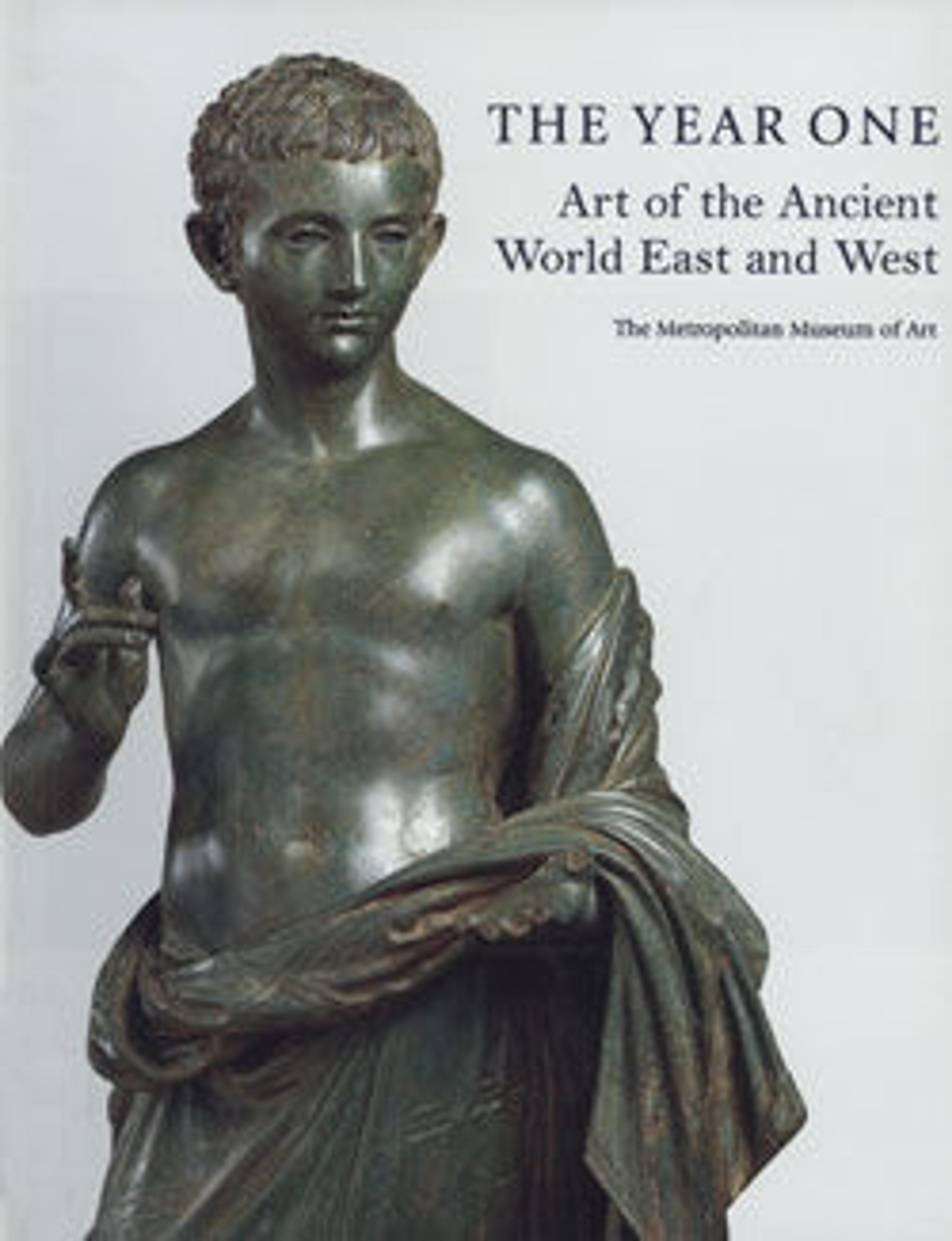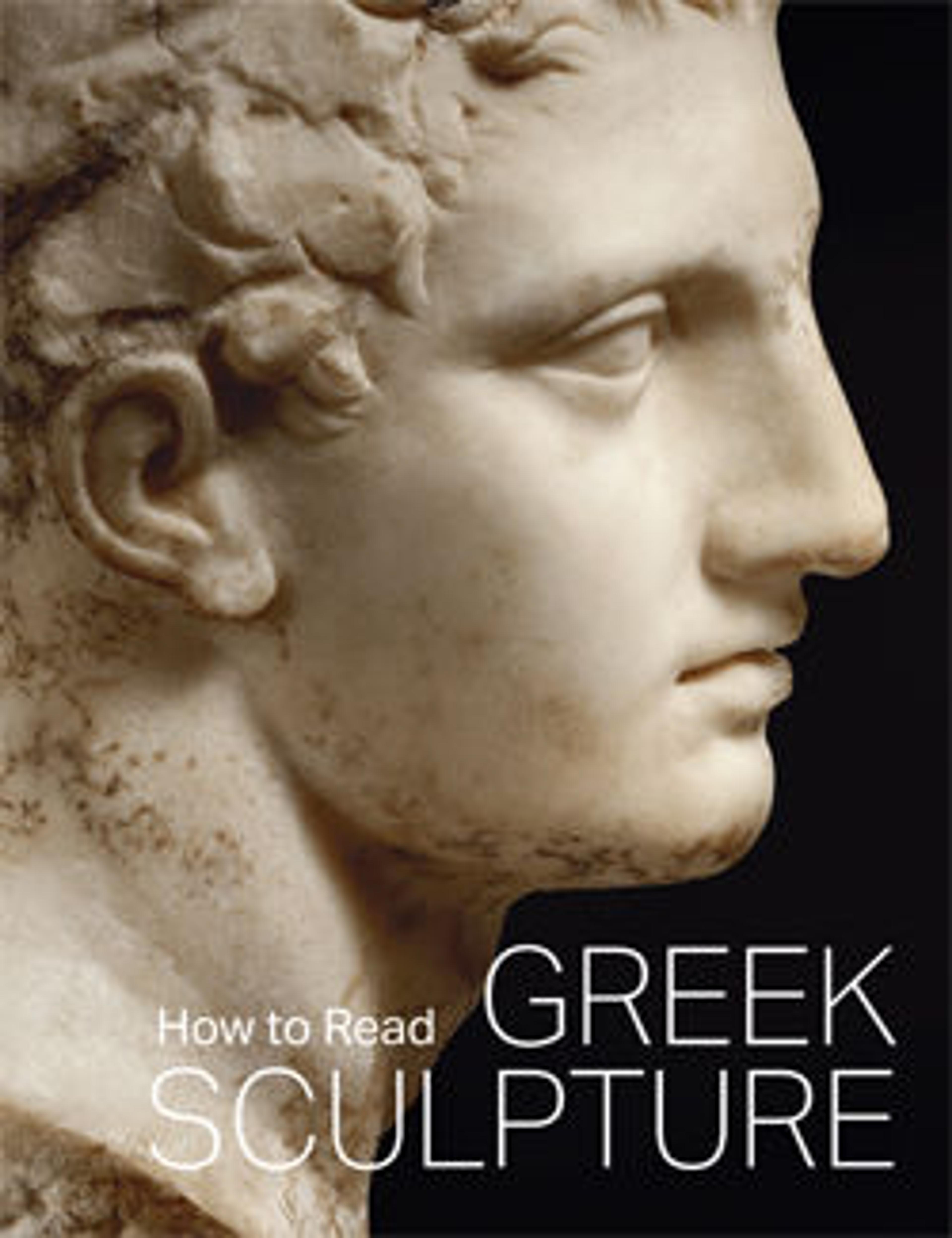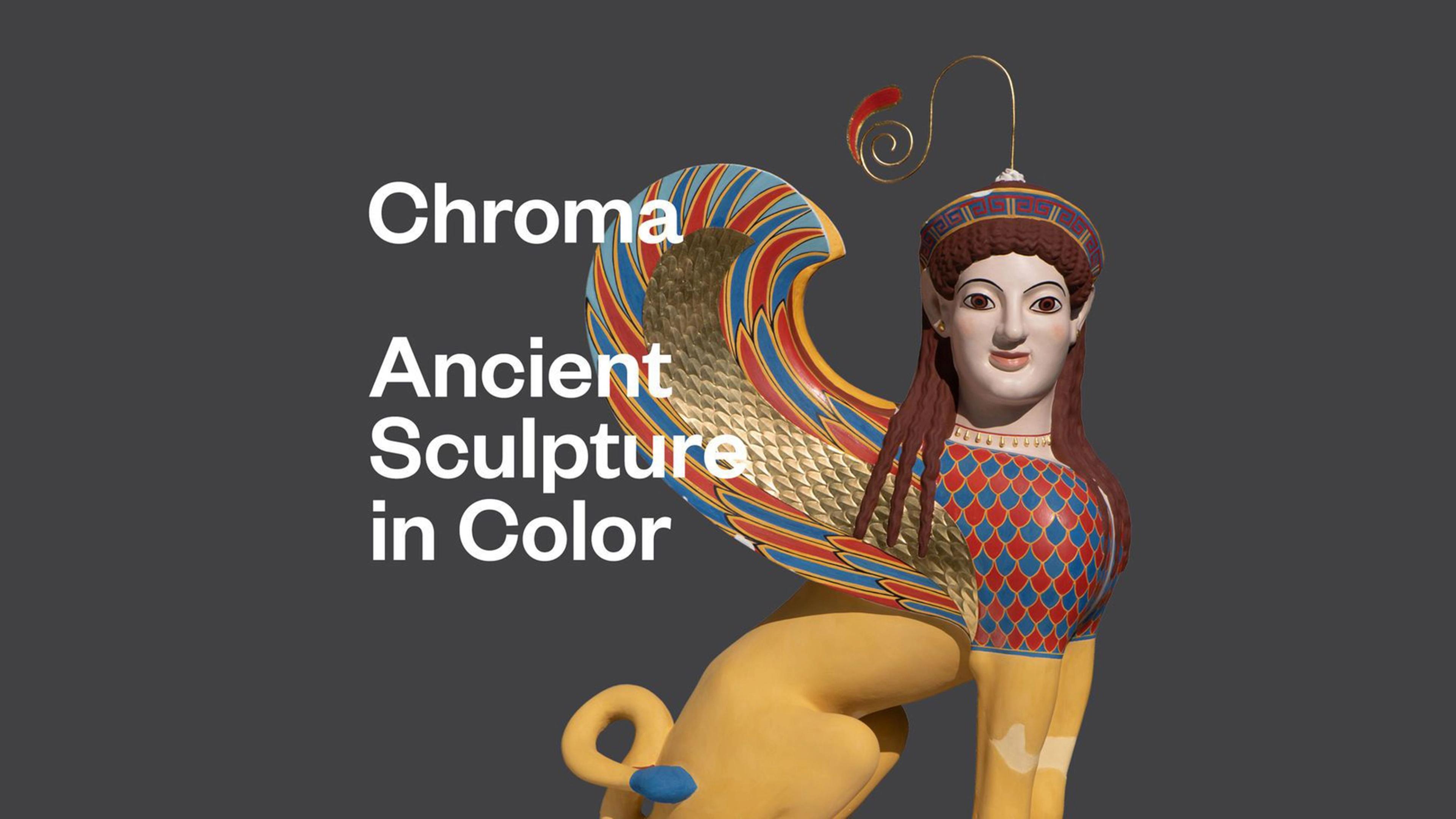
Chroma: Sculpture in Color from Antiquity to Today
Many ancient and early modern works that are viewed in monochrome today were once painted in vibrant colors. Lost to time until recently, the pigments and other surface treatments that originally adorned these objects offer a deeper appreciation of the cultures from which they originate. This handsome volume features new research by more than thirty international experts in polychromy, including art historians, conservators, scientists, and photographers. Identified through advanced technologies, scientific analyses, and in-depth research, their discoveries of surviving traces of color span the globe and vary in material, including an Archaic Greek marble sphinx, an ancient Phoenician cloisonné furniture plaque, Mexica (Aztec) lime-stone sculptures, and medieval and Renaissance European marbles and bronzes. This wide-ranging publication explores how these works further our understanding of ancient ideas around skin color, race, and gender; summarizes recent advances in the field; and considers polychromy’s controversial rediscovery and modern reception— highlighting the role of reconstructions such as 3D-printed replicas and virtual animations in contemporary museum practice as well as the resurgence of polychromy techniques in postmodern and contemporary European architecture.
Met Art in Publication
You May Also Like
Press the down key to skip to the last item.
Citation
Hemingway, Seán, Sarah Lepinski, and Vinzenz Brinkmann, eds. Chroma: Sculpture in Color from Antiquity to Today. Metropolitan Museum of Art Symposia. New York: The Metropolitan Museum of Art, 2025.
